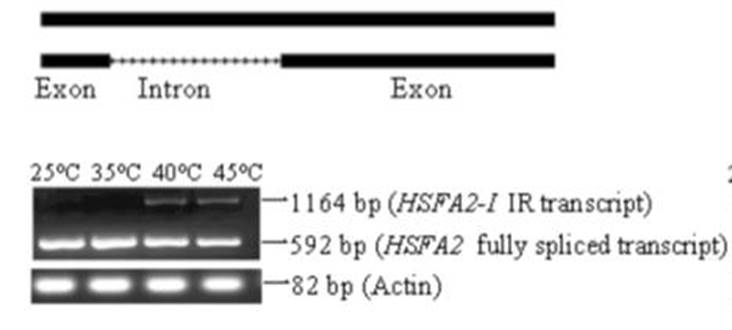
Integrating omics reveals insights into grape response to high temperature
Plant Science Research Weekly, Research0 Comments
/
Heat stress is one of the main abiotic stresses plants encounter. Jiang et al. used combined transcriptomic and proteomic data to explore the responses of grape leaves to elevated temperatures (35, 40, 45°C). Using high-throughput sequencing and the iTRAQ (isobaric tags for relative and absolute quantitation)…

Calcium Deficiency Triggers Phloem Remobilization of Cadmium
Plant Science Research Weekly, ResearchCadmium (Cd) is among the most toxic heavy metal to humans. Contamination of Cd in soils poses a serious threat to both crop productivity and human health in many parts of the world. Understanding the molecular mechanisms of Cd transport process will help in developing plants for soil remediation and…

Iron acquisition and saline-alkaline tolerance in rice
Plant Science Research Weekly, ResearchSoil saline-alkalization is a major abiotic stress to agriculture worldwide, causing considerable damage to crop growth and loss of crop productivity. In alkaline soil, iron availability to plants also becomes very limiting. This paper explores the physiological and molecular mechanisms of rice plant’s…

Photosynthetic machinery protection induced by UV-B in Chlamydomonas
Plant Science Research Weekly, ResearchLight is good, too much light is bad. Photosynthetic organisms can dissipate excess light through a variety of means including non-photochemical quenching. Czechowski et al. show that in Chlamydomonas perception of UV-B light via the nuclear/cytosolic receptor UVR8 induces accumulation of proteins that…

Reviews: Seed dormancy and germination ($)
Plant Science Research Weekly, ResearchA pair of reviews in J. Exp. Bot. covers aspects of seed dormancy and germination. Steinbrecher and Leubner-Metzger (10.1093/jxb/erw428) provide an excellent introduction to materials science including stress-strain curves and Young’s Modulus, which they then apply to an understanding of the biophysics…
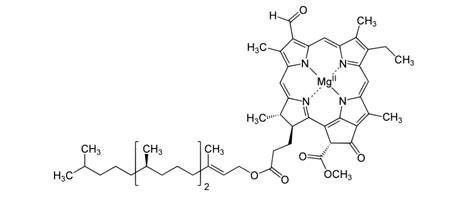
A dephytylase involved in chlorophyll turnover
Plant Science Research Weekly, ResearchChlorophyll has an aliphatic phytol side chain that anchors it to light-harvesting complexes. During senescence, chlorophyll is degraded first by the enzymatic removal of Mg to produce pheophytin, which is dephytlated by pheophytinase. Through the identification of a mutant allele with elevated enzymatic…
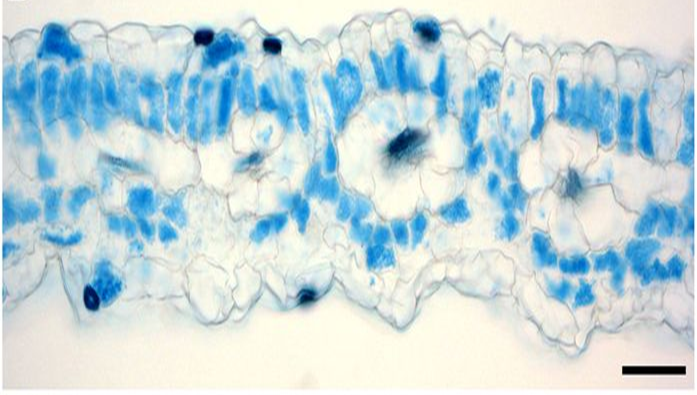
Best of 2016: Top Topics in The Plant Cell journal
Blog, Research, Research Blog, The Plant CellWe’ve highlighted some of the Plant Cell papers that were widely shared, liked, blogged, retweeted and otherwise garnered high-levels of attention this year. Perhaps you can use some holiday-season quiet time to catch up on those you missed.
Reviews and Perspectives
Creating order from chaos: epigenome…
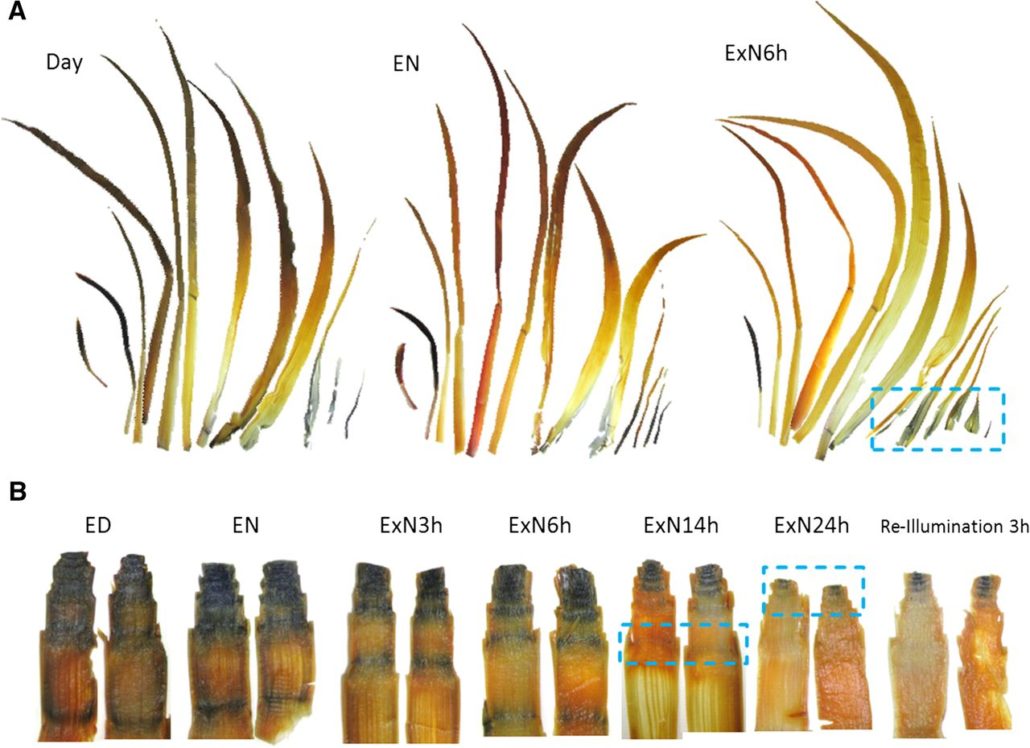
Best of 2016: Top Topics in Plant Physiology jounal
Blog, Research, Research Blog
We’ve highlighted some of the Plant Physiology papers that were widely shared, liked, blogged, retweeted and otherwise garnered high-levels of attention this year. Perhaps you can use some of that holiday-season quiet time to catch up on those you missed.
The breakaway attention-getter from Plant…
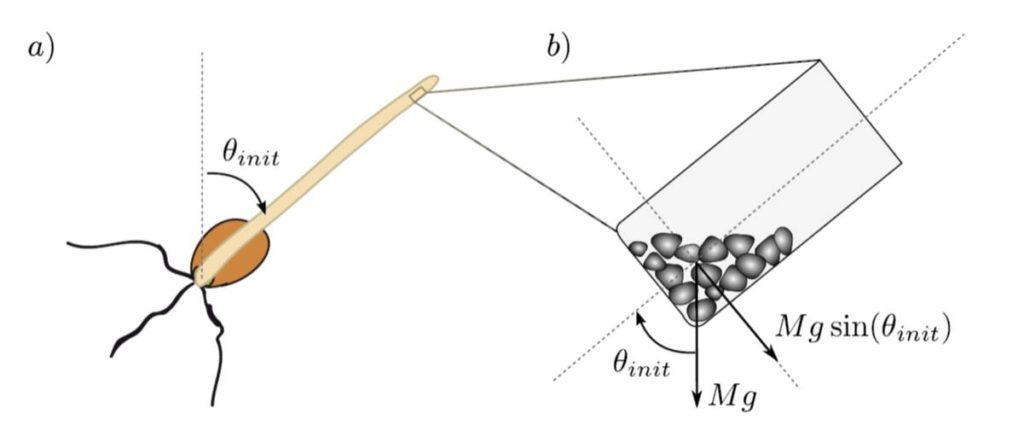
Inclination, not force, is detected in shoot gravitropism
Plant Science Research Weekly, ResearchPlant cells detect gravity as a consequence of the movement of dense starch granules called statoliths when the statoctyte, the cell that encompasses, them reorients. An open question has been whether the position of the statoliths within the statocyte or the force exerted by them is the primary gravisensing…

